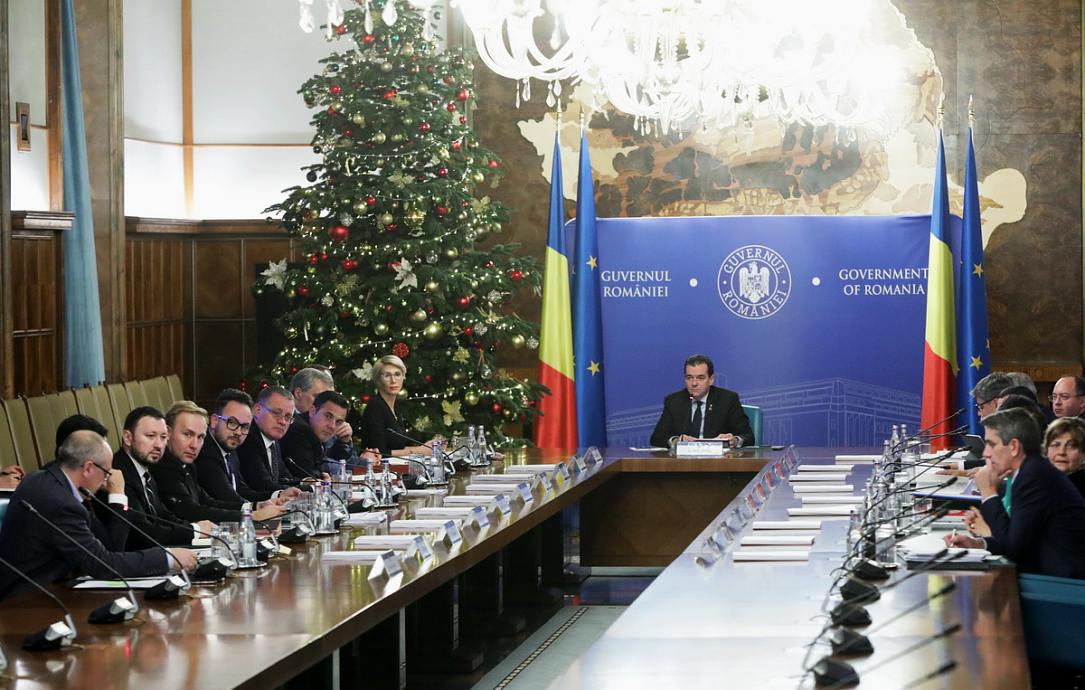Romania's Govt. cuts local development program PNDL to squeeze in higher pensions

Romania’s Government expects its revenues to increase by 10% in 2020 compared to 2019, at a similar rate as this year, but it plans much smaller advance of expenditures: only 7% year-on-year, less than half the average annual rise seen in 2018-2019, according to the draft budget planning sketched by the Finance Ministry.
While the social security budget is estimated to rise by 14.5% (or over RON 16 billion) from 2019 to 2020, as a result of higher pensions, the sums allotted for acquisitions of goods and services (overhead expenses aimed at securing the functioning of the public administration) are planned to rise by only 3.6% and the public payroll should increase by 7.2% according to the budget planning, a visible deceleration from the average 20% per annum advance in 2018-2019, according to Profit.ro.
But the Government plans to save the most (some RON 6 bln) by distributing less money to “other transfers” - mainly by cutting some RON 4.5 bln from the allocations to the local development program PNDL, a program aimed at financing local projects that has been constantly been criticised as being distributed on political grounds and for being a source of siphoning public money, according to G4Media.ro.
Local administration should rely to a greater extent on the European Union’s budget, the ruling National Liberal Party (PNL) has argued against the previous Government’s practices - while still assuring the PNDL programmes would remain in place. However, the Government expects no significant increase in the transfers from the EU budget next year compared to 2020.
Besides the higher budget revenues expected by the Government, cutting PNDL, keeping the public payroll under control and the overhead expenses at a minimum should be enough to accommodate the higher pensions including the 40% rise in September 2020 as well as reducing the budget deficit by nearly 0.9% of GDP, according to the planning inked by the Government.
However, forecasting a constant rise of revenues in 2020 despite visible economic slowdown puts the budget planning on the optimistic side, particularly as it includes “other fiscal revenues” in amount of RON 16.6 bln, RON 5.5 bln more than in 2019 - a detail that requires more explanations. Separately, fiscal loosening steps such as cutting the VAT rate by 3pp to 16% or cutting the excise for car fuels might have significant negative impact on the state’s finances.
editor@romania-insider.com
(Photo source: Gov.ro)
















